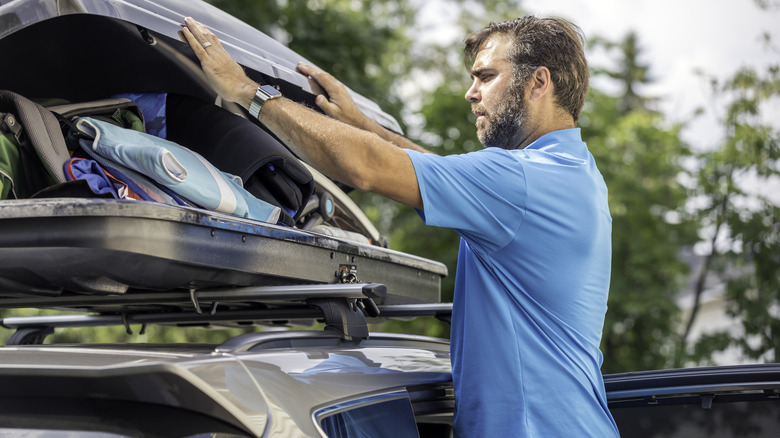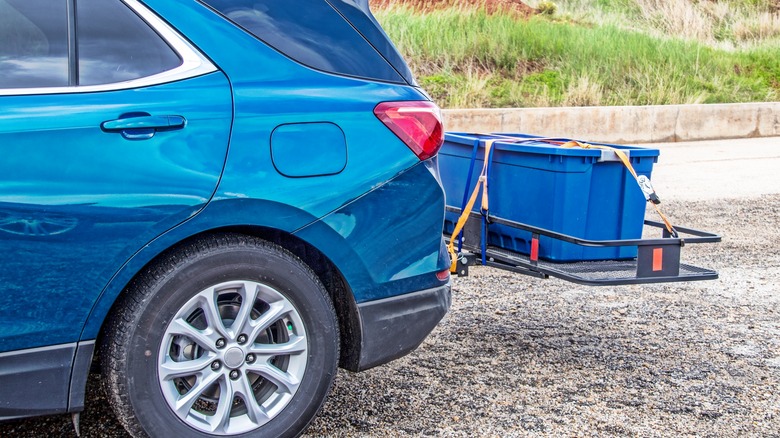A Rooftop Carrier May Open Up Car Space For Your Road Trip, But It Comes With A Price
Going on a road trip is a great way to explore new places and feel free. However, one issue that many people face is the limited car space. Rooftop carriers can really help to free up some space in your car without sacrificing passenger comfort. They are easy to install and accessible, making them an appealing choice for many travelers, allowing you to bring all the necessary items for a memorable journey, like camping gear, luggage, or sports equipment. Even though rooftop carriers provide extra storage, their impact on fuel efficiency is a hidden cost that often goes unnoticed.
Modern cars are carefully engineered to optimize aerodynamics and fuel efficiency. Adding a rooftop carrier disrupts this delicate balance. The additional height and surface area create aerodynamic drag, forcing the vehicle's engine to work harder against increased air resistance, significantly reducing gas mileage. According to the U.S. Department of Energy's Energy Saver, a rooftop carrier can decrease fuel efficiency on the interstate by an average of 10% to 25%, depending on speed, cargo weight, and the carrier's design. This decrease translates into more frequent stops at gas stations and higher fuel costs over the course of a road trip — and the longer the road trip, the more these costs will add up.
Maximizing fuel efficiency on the road
Rooftop carriers can impact fuel efficiency more at higher speeds because the aerodynamic forces are stronger, which can lead to a significant drop in gas mileage. Frequently driving on highways at high speeds can result in reduced fuel efficiency and increased fuel expenses. Consider an alternative cargo solution that won't disrupt your vehicle's aerodynamics. For example, a hitch-mounted cargo can be a better option.
You should select the right cargo solution based on the specific needs of your trip to balance space and fuel efficiency. If you are committed to using a rooftop carrier, you can save on gas by being mindful of your speed and avoiding unnecessary items contributing to wind resistance. Not all rooftop carriers have the same aerodynamics. Choosing a sleek and streamlined design can minimize the impact on fuel efficiency compared to bulkier models. Make sure it is securely mounted to help lower the drag and remove it when you're not using it. With some planning, the proper setup can lead to a more economical road trip, allowing you to enjoy the journey without breaking the bank at the gas station.

